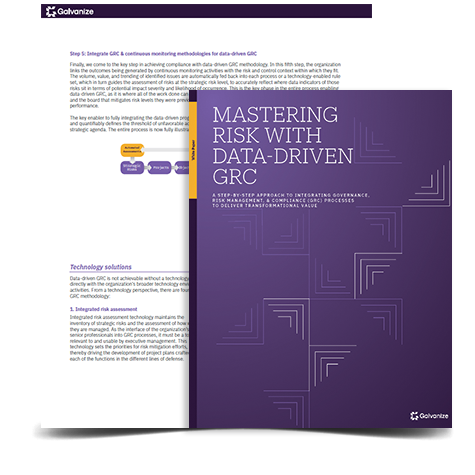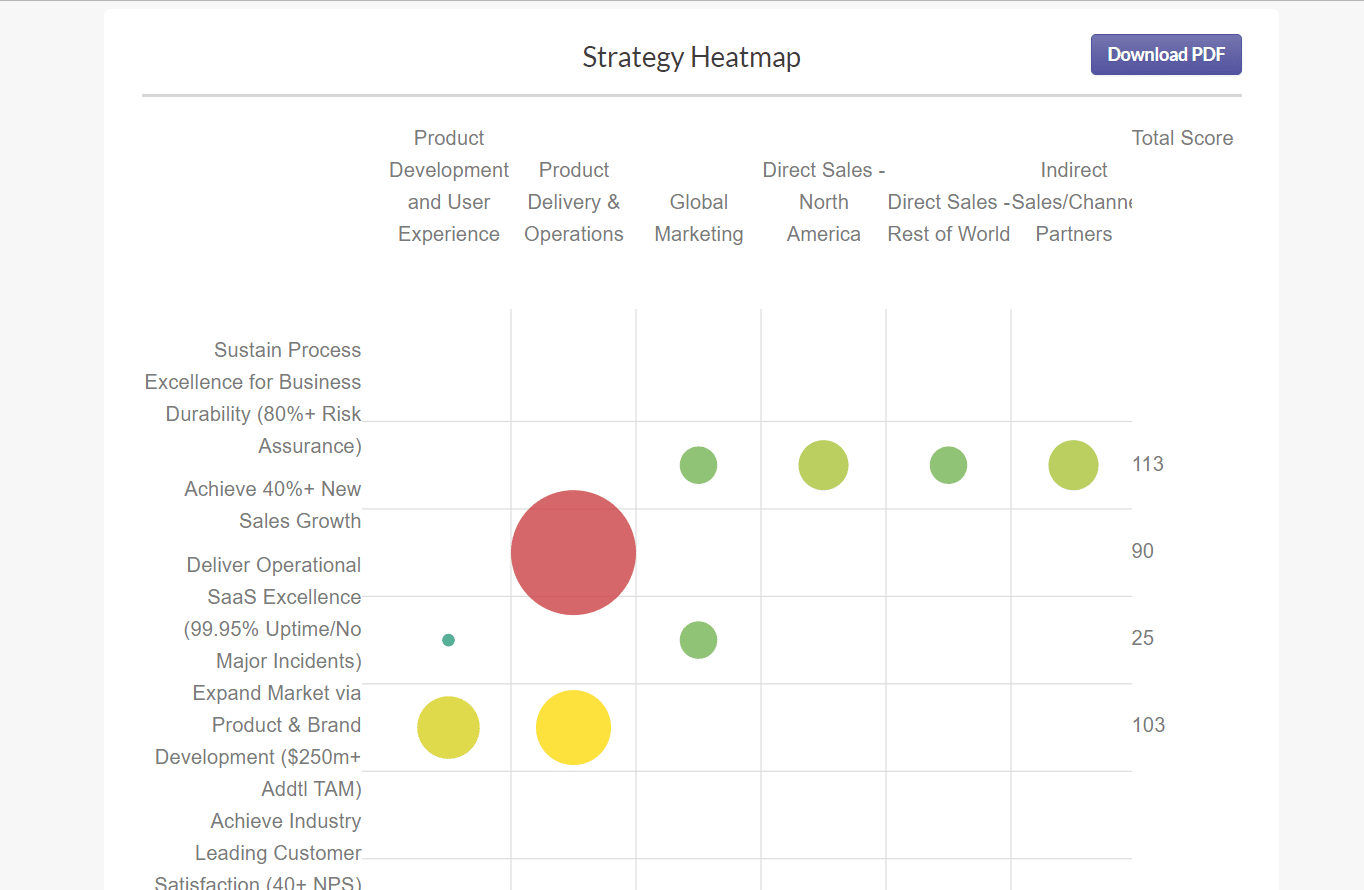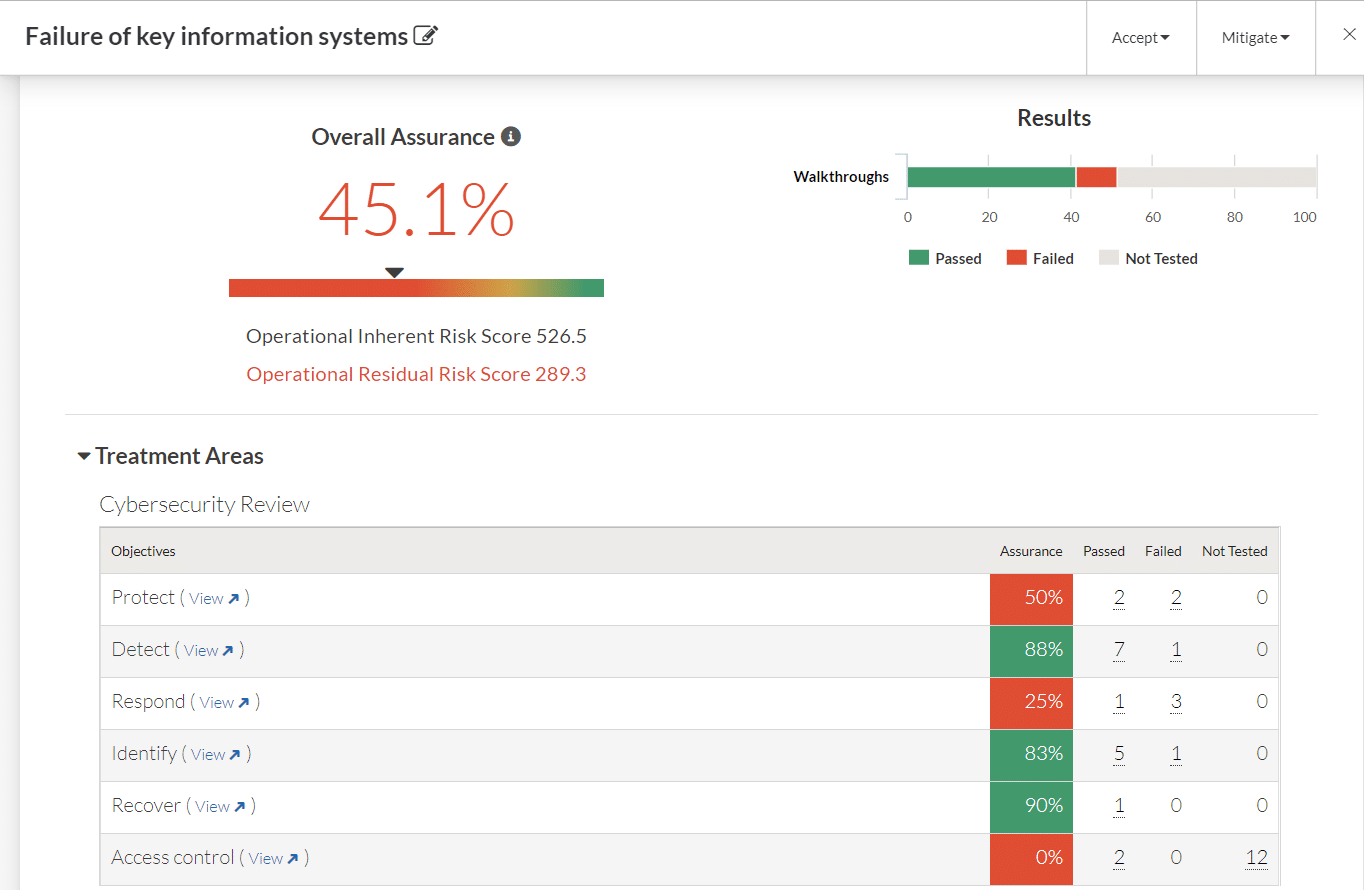Step by step, here’s a basic framework you can use to apply data analytics to risk assessments and controls within your organization.
Before we jump into the list, we’ll note that generic tools like spreadsheets can be used for risk assessments, but purpose-built risk and control analytics software typically offers more benefits. Software like this is being adopted in many industries around the world to support more complex and valuable testing, issue management and remediation, and long-term sustainability.
Purpose-built software is particularly helpful because risk affects multiple departments within an organization. And each department may have their own way of identifying, scoring, and managing risk. This can result in confusion, operational failures, and a lack of transparency. Having one single source of truth to score and manage risks for the entire organization is key.
Back to our six steps, here’s a process you can follow to get the most out of using data analytics for your risk assessments.
1. Build a library of potential risks
Creating a library of risks is a great starting point for conducting risk assessments, and there are a few places you can go for ideas. One source could be the Risk Factors section from the publicly available Form 10-K reports, found on the SEC’s website. Alternatively, you could save time by getting access to pre-built, curated libraries, something we offer within the HighBond platform. Once you narrow down your list, you can then use software to take the next step by using risk scorecards and risk heat maps to plot out risks with the highest potential impact and likelihood to occur.
Risk heat maps in the HighBond platform make it possible to quickly view the impact and likelihood of potential risks.
2. Spot test your data and validate your KRIs
Once you’ve identified your risks, and defined your key risk indicators (KRIs), you’ll want to review and test your data sources. Since you don’t have analytics running just yet, you’ll need to do some spot testing within your individual systems to confirm and validate your choice of risk indicators.
3. Connect all of your data sources and automate testing
Here’s something that goes beyond the capabilities of Excel spreadsheets (unless you know something that we don’t). By connecting all of your data sources into one single software platform, and applying scheduled analytics, you can test and validate controls on an ongoing basis. The tests run automatically and deliver any red flags straight to your inbox so you can put them through your remediation process.
4. Dig deeper into the results and round out your analysis
Your data is loaded with insights. By looking beyond the red flags, tracking your patterns, and analyzing trends, you may uncover new or emerging risks. This is another step where software makes a huge difference. By pulling your data into risk monitoring dashboards, it’s easier and faster to spot these insights and quantify your risks.
“Visualizations always do a much better job than reams of data in spreadsheets when it comes to showing where controls have been tightened or processes changed.”
5. Report and showcase your work
Next, you’ll want to show your team how you’ve standardized your risk processes. The right software can be a game changer for how you report to management and wider teams within your organization. Visualizations always do a much better job than reams of data in spreadsheets when it comes to showing where controls have been tightened or processes changed.
Reporting is made easy in the HighBond platform with visualizations.
6. Expand and repeat
Now that management and other teams have seen the results of your work, you ideally want to start involving other departments, and sharing your knowledge, processes, and methodologies. The more data you connect and test, and the more departments that tap into that single source of truth for data, the easier it will be to move the business forward.
Using a risk management platform like HighBond, you can:
- Access libraries of curated strategic, industry-specific risks
- Calculate your risk appetite
- Remove subjectivity by using one common language across your organization
- Stay two steps ahead of your competition.
White paper:
Mastering Risk with Data-Driven GRC
You’ll learn about:
- The technology deficiencies in the Three Lines of Defense
- A data-driven methodology for GRC processes
- The 7-step GRC technology checklist









